Bangkok
Someone somewhere must surely have calculated that Bangkok has more doctors and tailors per capita than anywhere on Earth. These two industries, healthcare and clothing, must account for a prodigious share of tourist revenues, and they both operate on similar principles: make the customer feel pleasant even as the results disappoint. It’s a formidable business model, not least because it persuades thousands of customers that they have scored a bargain and therefore cannot be as disappointed as they actually feel. Deeply gaslit, the customer fervently believes in what he has purchased — even if his new suit would not look amiss on a Jacques Cousteau research boat or his “world-class” surgeon operated on the wrong foot, something that happened to an acquaintance of mine. Weeks in a wheelchair but still a bargain.
The model will likely not fit you unless you are built like a nineteen-year-old Korean pop star. You aren’t
Consider the average tailor on Sukhumvit Road, where American tailoring tourists go to die. You are greeted with a free beer and exuberant small talk, especially if the owners are Sikhs. There will invariably be a picture of George Bush back in 1997 wearing one of the $250 house suits. He must have gone on a veritable spree during that visit to Bangkok back in the 1990s and he certainly needed to save money. American law enforcement will also have left their badges all over the walls: reassuring. They will make you a suit in a week for $500. Canvassed? Yes, there is a lining (wrong answer). A little bit of glue is used, sir. Fabrics from Italy.
In the more serious high-end Thai places there’s none of this. The owner will come out and shake your hand and then, in a soothing whisper, inform you that — unlike the double-dealing Sikhs — all their fabrics are genuine Italian. This was how I first got roped into spending thousands on clothes I never wore. “World-class bespoke” is the slogan on the window and, like the “world-class” hospitals with their five-star hotel lobbies, there is something irresistible in the sell itself. One fifth the cost of Savile Row and almost as good. You lay down your money.
My former local tailor was in a venerable shop near Asok station and was not frequented by George Bush but Thai politicians. They were a charming old-school couple, their brutal hard sell softened by copious tea and neighborhood gossip. I would be shown the Italian fabrics, on rolls with no labels from an actual mill, and asked sarcastically if I wanted to do a “burn test.” This is where you take a snippet of the fabric and burn it with a lighter to determine whether it is synthetic or natural. Natural fabrics will burn quickly and give off a smell of leaves or incinerated paper; the synthetics will melt and give off a nasty whiff of plastic. Naturally no one wants to do this in a tailoring shop. So instead I would ask what the Italian mill was. A tense pause. Due to ASEAN defamation laws, no actual company can be named in print where criticism is intended, so let’s call the named mill “Crematini,” I went ahead and ordered a single-breasted Crematini suit.
I was told that I looked god-like, resplendent in my new suit, and offered more tea and biscuits
The term “bespoke” is the most abused sales-pitch in human history. In London or Naples it means crafting an individual paper model for the client to be used ever after. In Bangkok it means “made to measure” based on a pre-existing model assembled in a sweat shop or, more rarely, an in-house workshop. Since you are not Asian, that model will likely not fit you unless you are built like a nineteen-year-old Korean pop star. You aren’t.
My fittings, however, were a masterclass in owner persuasion. The suit in Crematini, mid-grey wool, looked reasonable as I stood stock-still in front of the mirror. “Wonderful!” everyone cried. Then I moved slightly. The whole effect disintegrated and strange pressure points emerged in my body that I didn’t even know existed. Suddenly I looked quite strange. Encased in some way. The trousers looked decidedly “off.” The irregularities in my physique looked marvelously enhanced and mysteriously visible. As for the fabric, it was also slightly odd. In truth, I had researched Crematini and discovered no such mill existed in Italy. It was a subsidiary of a company in Shenzhen, China. Let’s call them Goh Fok Yoo Textile Corporation. I was wearing an emergent Goh Fok Yoo suit.
I dared to voice a few complaints and was assured that in the second fitting these would be resolved. I was told that I looked god-like, resplendent in my new suit, and offered more tea and biscuits. Was the leg a little baggy? Did I want the shoulders to be more “trendy”!or more “classic?” I knew what would happen if I said “trendy,” so I opted for “classic.”
“Good choice. You very big man.”
The second fitting was like a nightmarish conceptual return to the early 1980s, with me as David Byrne in a 1981 Talking Heads video. I was not so much encased as veritably entombed in Goh Fok Yoo fabric. I could have used myself as a windsail at the beach. The staff came out to admire.
“Wonderful, sir! Look hansum big man.”
“Well,” I said, “it’s very nice and I love the workmanship on the silk buttonholes. But I’m wondering if it could, let’s see, be taken in a little bit?”
Looks of dismay and astonishment.
“Taken in?”
“Well, just a little bit.”
“You told us classic.”
“I did. But I’m wondering —“
“Ah. So now you want trendy?”
Folded arms, clucks of annoyance. But one of the advantages of Bangkok is that at least the customer is still king. Sort of. And so to the third fitting. Surely now the impetuous farang would be satisfied?
Over the year the image reflected in the mirror had given rise to several nightmares since
I had been guilted into going trendy, a concept derived, as far as I could see, from long-lost back issues of GQ. Now the pants had been converted into skinny jeans. I looked like an aging member of the Ramones. The jacket too had shrunk to Pinocchio dimensions. Glumly, I recalled Tom Ford’s wise dictum to the effect that a jacket should always cover your ass.
This one flapped around my hip bones leaving the ass mysteriously revealed. I walked out to the waiting staff, who all cooed.
“Wonderful sir! Look hansum big man.”
Over the year the image reflected in the mirror had given rise to several nightmares since. I looked as if I had been shrunk by a mad experiment in a 1950s sci-fi movie. When I moved the entire suit crackled and tightened. But by now the incessant accolades had gone to my head and in weariness I smiled and nodded and said that finally I was happy.
“If you happy, we happy,” everyone cried, as my suit was folded and beautifully bagged. I was told that I, hansum man, could wear it at my future wedding. And so, bedazzled by flatteries, I strode back into the heat and dust of Sukhumvit Road telling myself that although the suit wasn’t perfect I had nevertheless scored myself a sweet bargain. It almost didn’t matter that I would never wear it ever again. It was $4,000 cheaper than Tom Ford.
This article was originally published in The Spectator’s UK magazine. Subscribe to the World edition here.



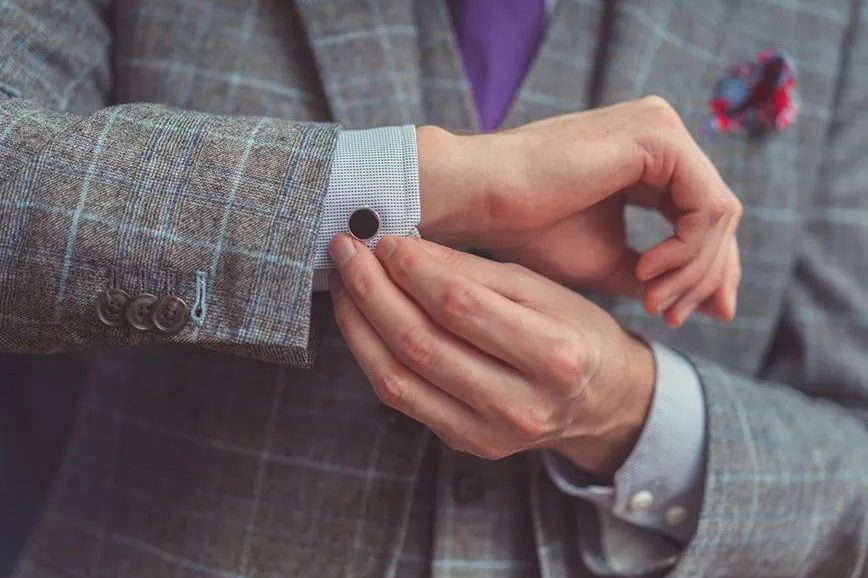






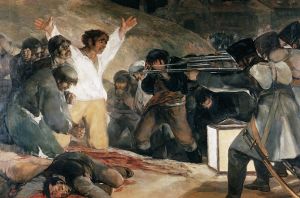

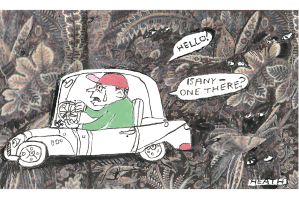
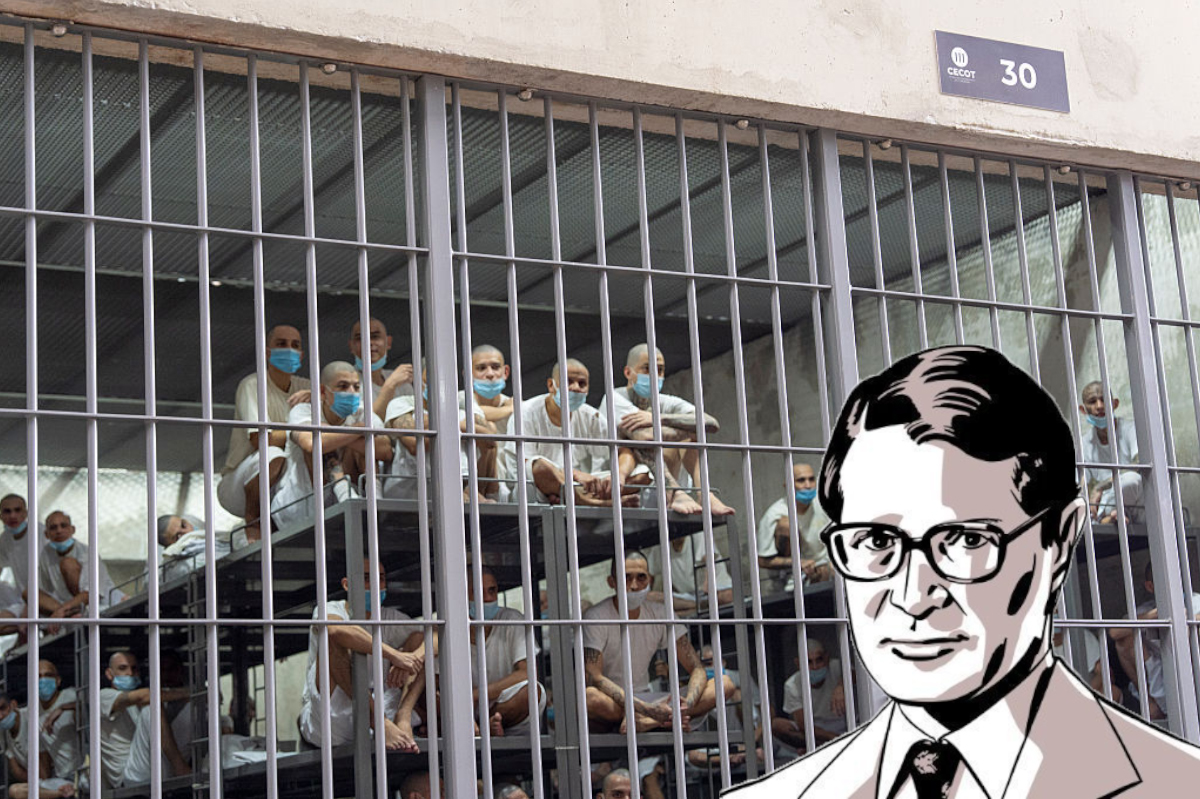
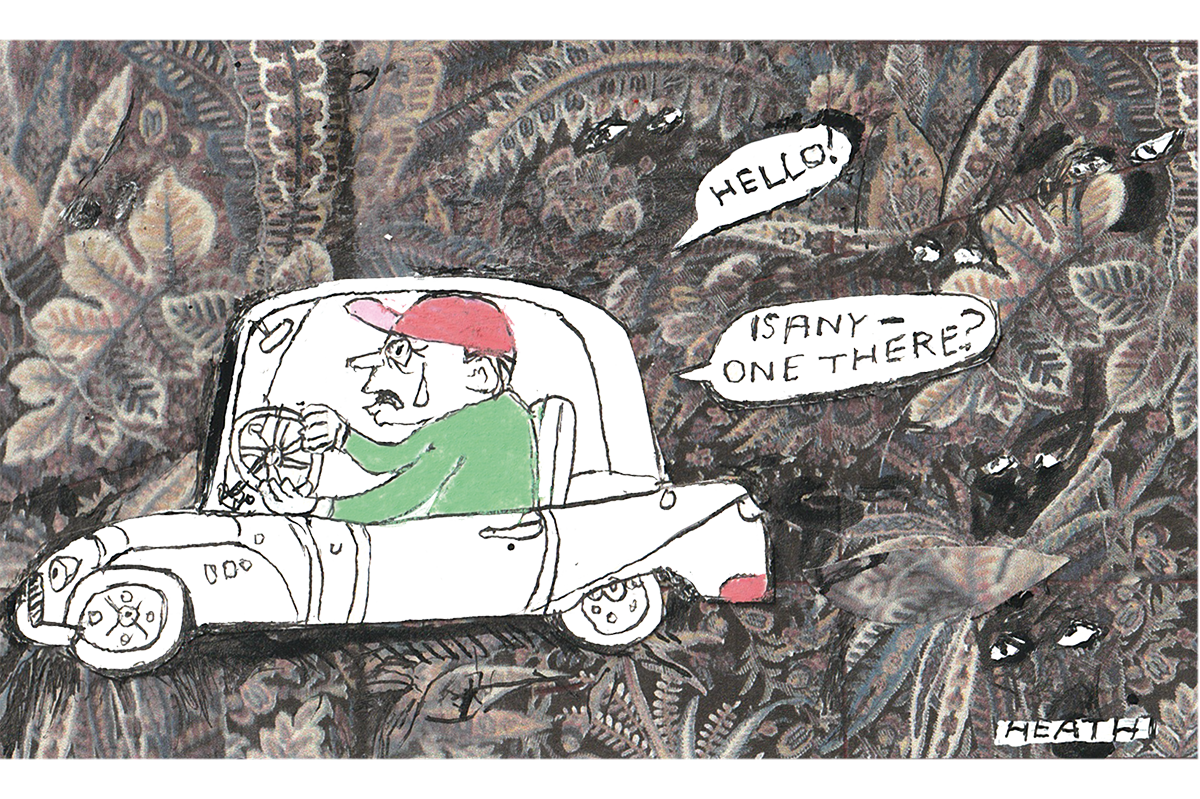
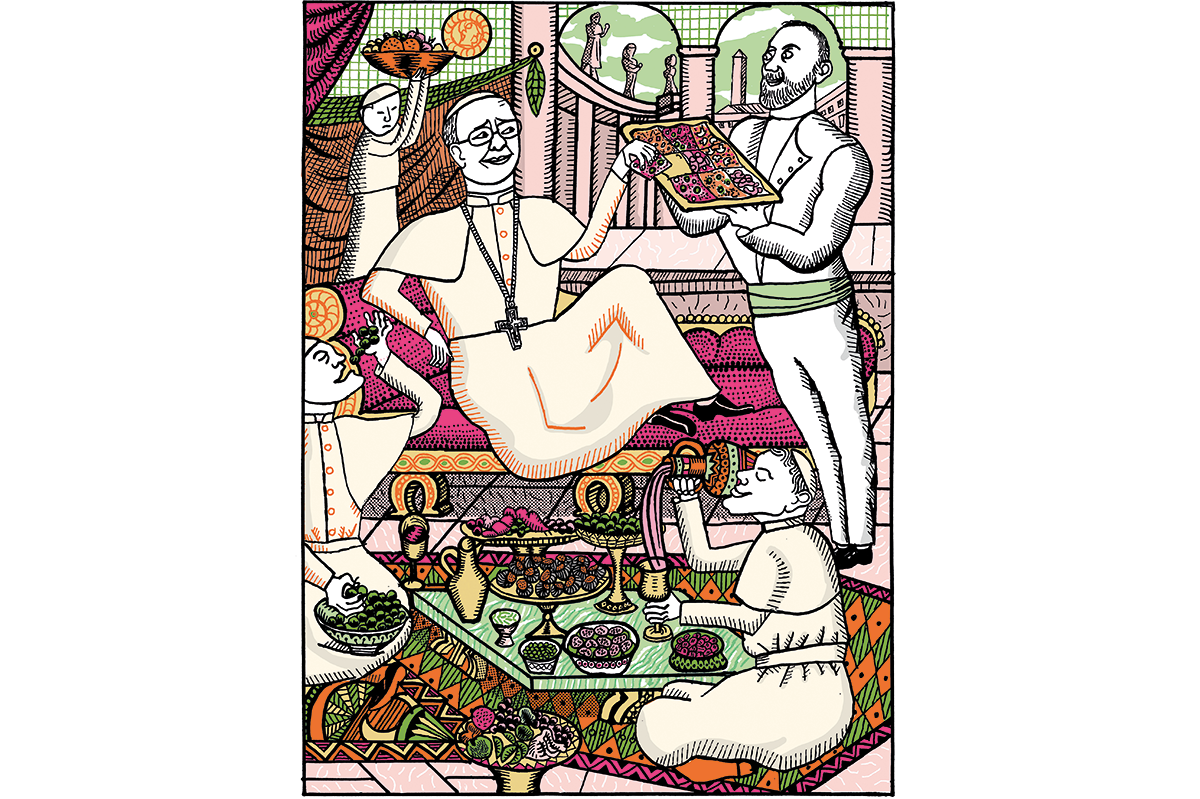

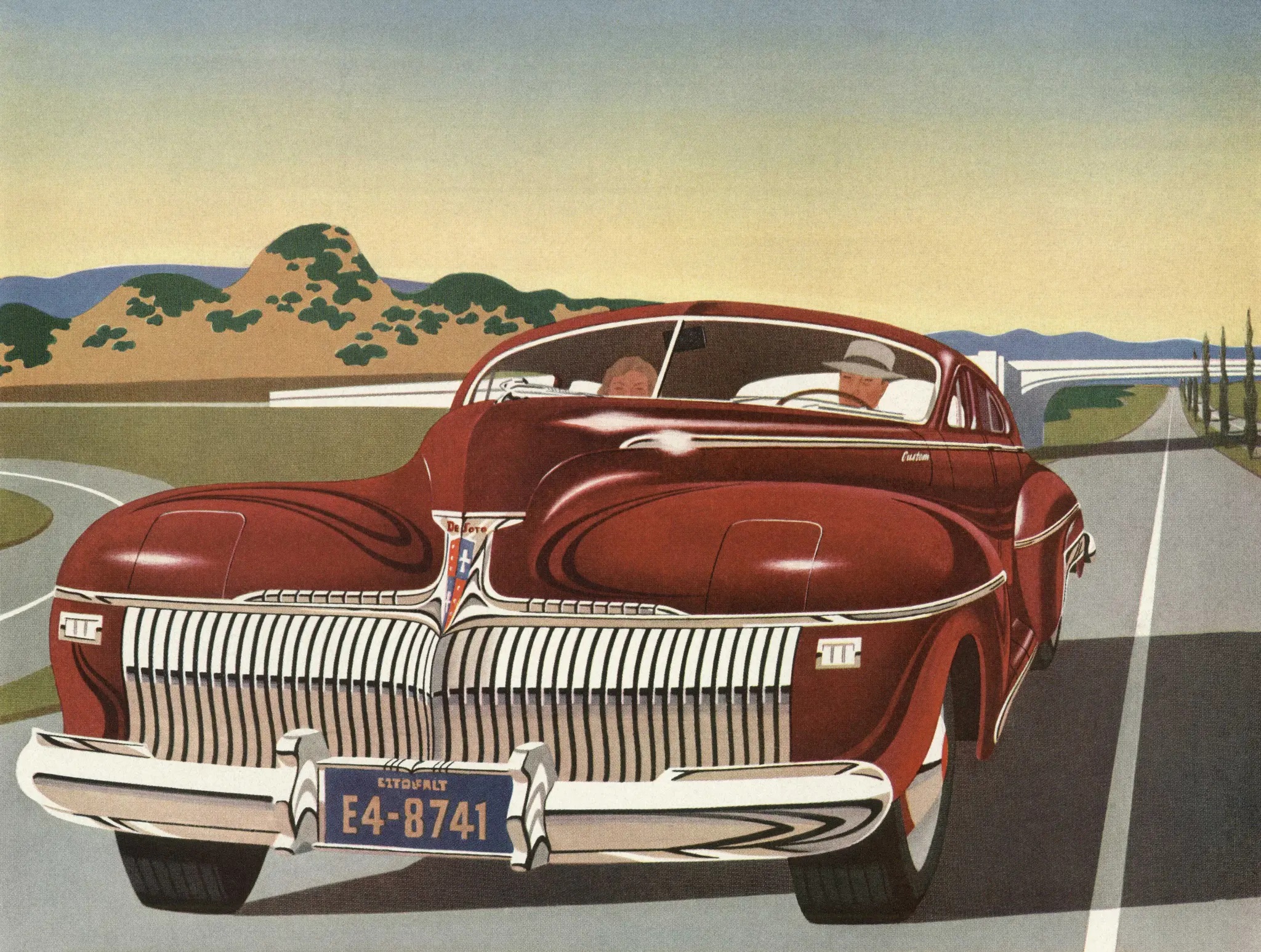
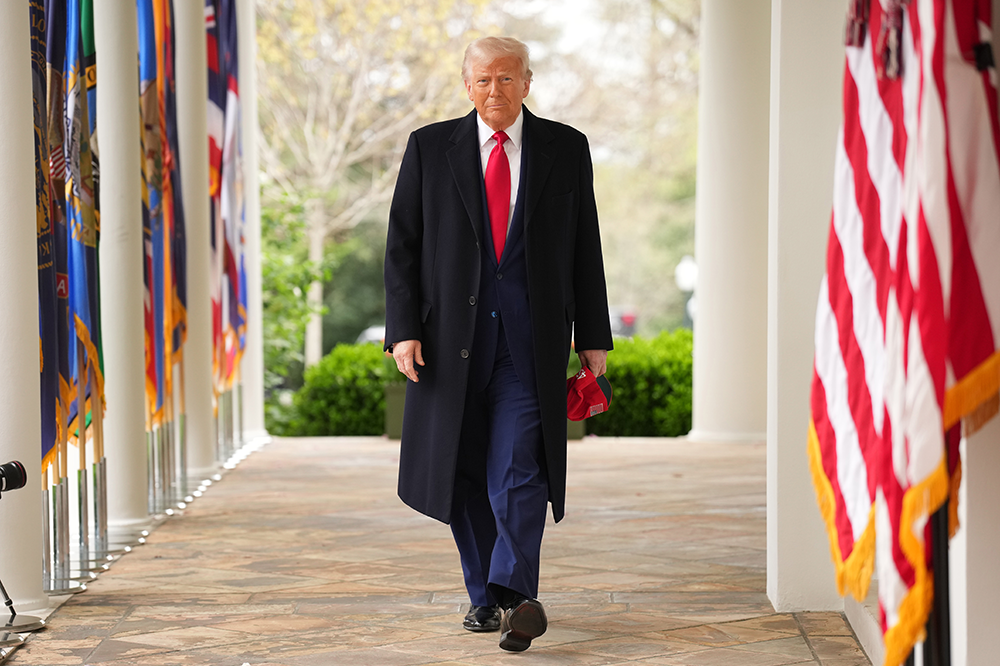







Leave a Reply